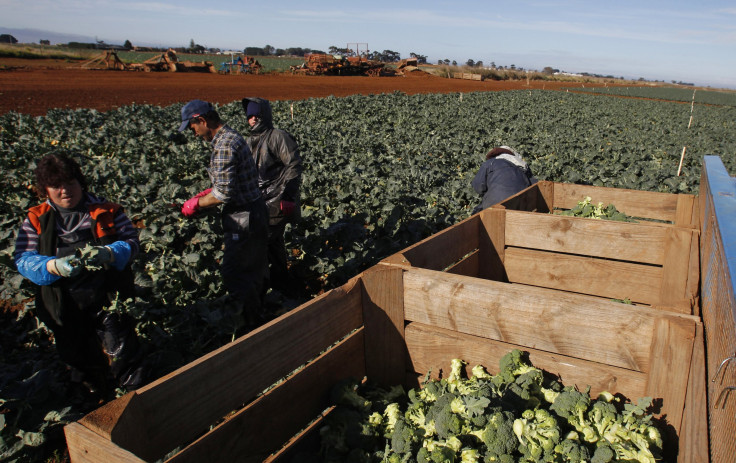Australian agriculture becomes largest contributor to national GDP growth in 2016-17

Australian agriculture has become the fastest growing economic sector and the largest contributor to national GDP growth, putting in 0.5 percentage points of national total 1.9 percent growth. The sector secured its position as one of the economic powerhouses driving the country.
Deputy Prime Minister and Minister for Agriculture and Water Resources Barnaby Joyce confirmed that the agriculture sector rose the fastest of all 19 industries in 2016-17. “Australian agriculture contributed 0.5 percentage points of the nation’s total 1.9 per cent growth over the course of the year, an outstanding contribution given the size of the sector compared to total national GDP,” the minister said in a media release.
In 2016-17, agriculture reportedly contributed more than $50 billion in exports. It can be compared to $41 billion five years ago.
Agricultural industries are billion dollar performers, and grains and livestock products are performing well too. Each has contributed about $10 billion to the nation’s export performance.
“For example, in 2016-17 our pulses exports to the world were worth over $3 billion, wine exports $2.4 billion, nuts exports $822 million and citrus over $330 million,” Joyce noted. The nation has seen growth in produce to markets like India.
Chickpea exports to India rose by nearly 90 percent in 2016-17 to a record value of $1.1 billion. Total value of Aussie nut exports was $822 million in the same time period, with India being the largest market for Australian nuts at a value of $143 million.
Joyce added that strong growth has seen China overtake the US as Australia’s most valuable market for wine. Wine exports to China were up to $596 million in 2016–17, a 43 percent increase on the past year.
The minister maintained that the Coalition government has delivered strong agriculture policies. These include opening up market access for Australian producers to some of the nation’s most significant export markets, as well as free trade deals with China, Japan and Korea.
Through the Coalition’s $4 billion Agricultural Competitiveness White Paper, Joyce said they have been working to create an improved environment for business and build the infrastructure needed to support continued growth, as he believes that these investments and policies have lead to a solid foundation for growth.
Joyce expounded on how effectively Aussie farmers capitalise on the opportunities to increase production and exports. Based on ABARES estimates, the value of farm exports have reached $48 billion in 2016-17.
Channels Television/YouTube





















